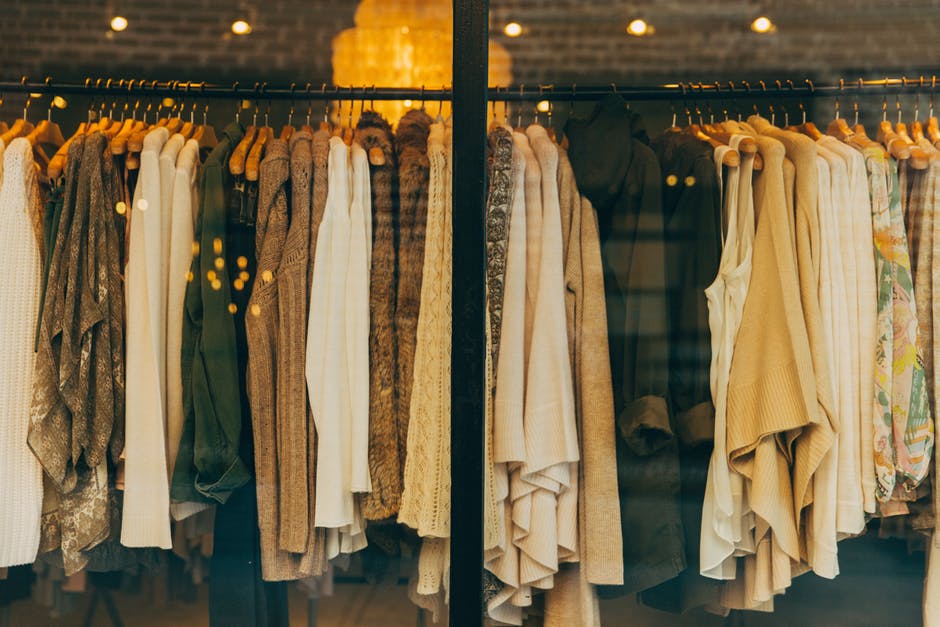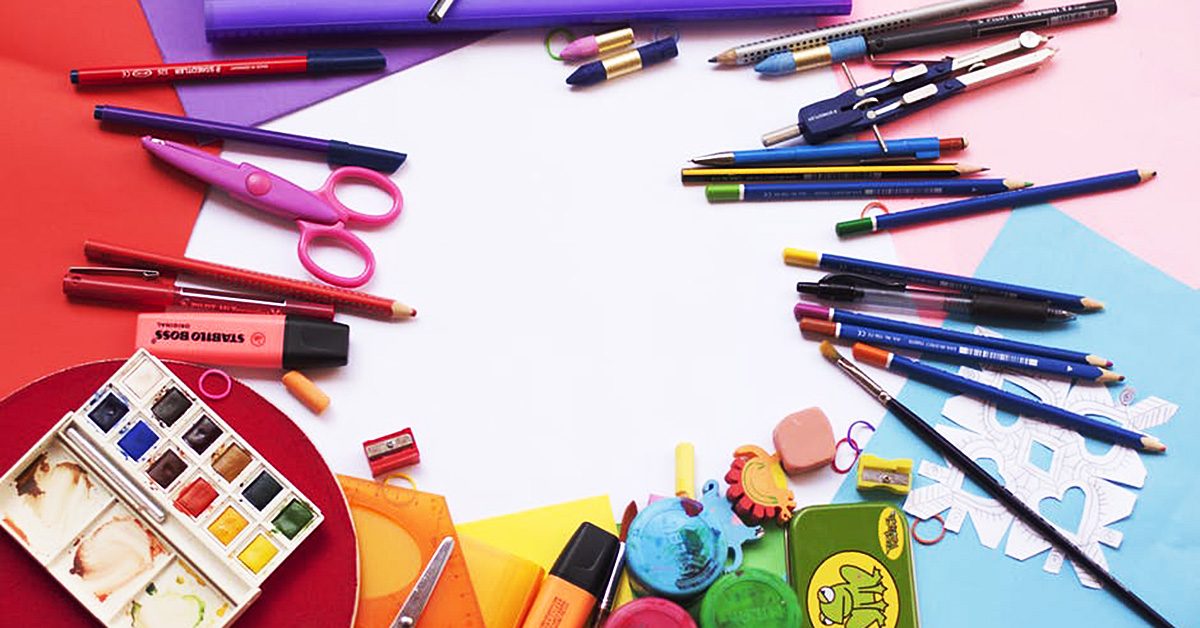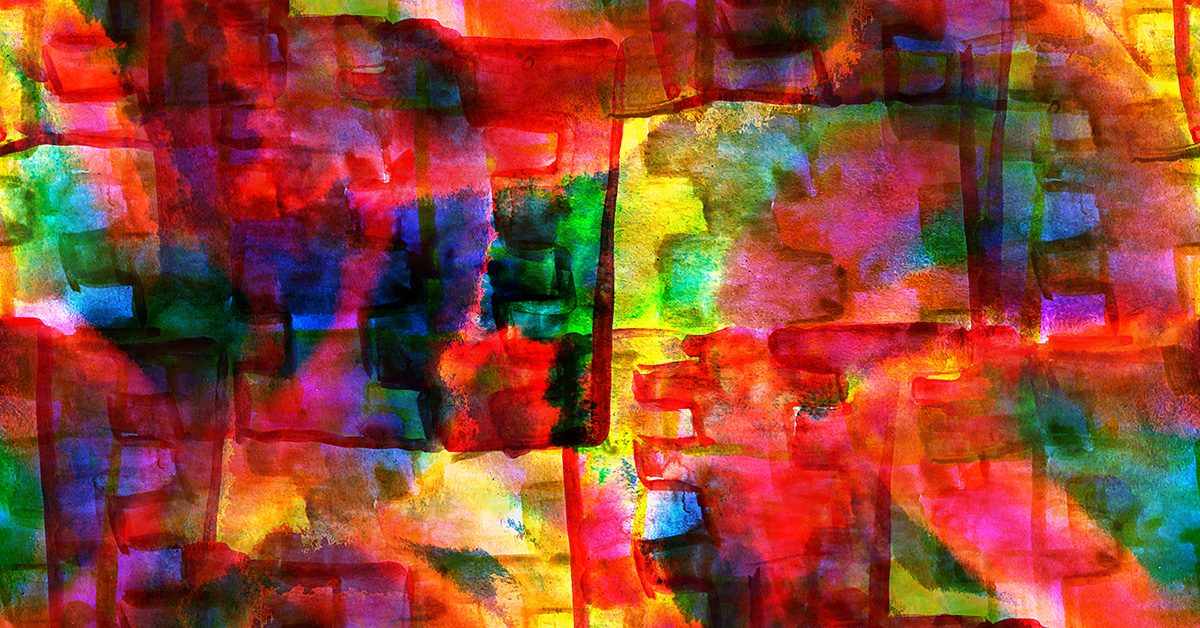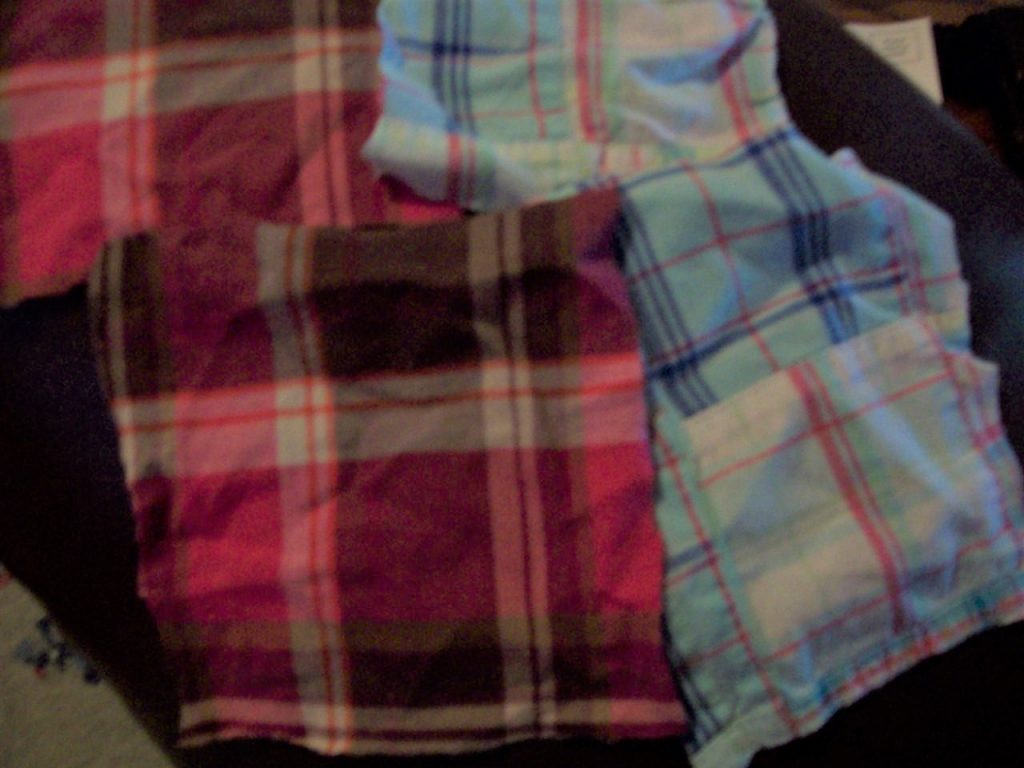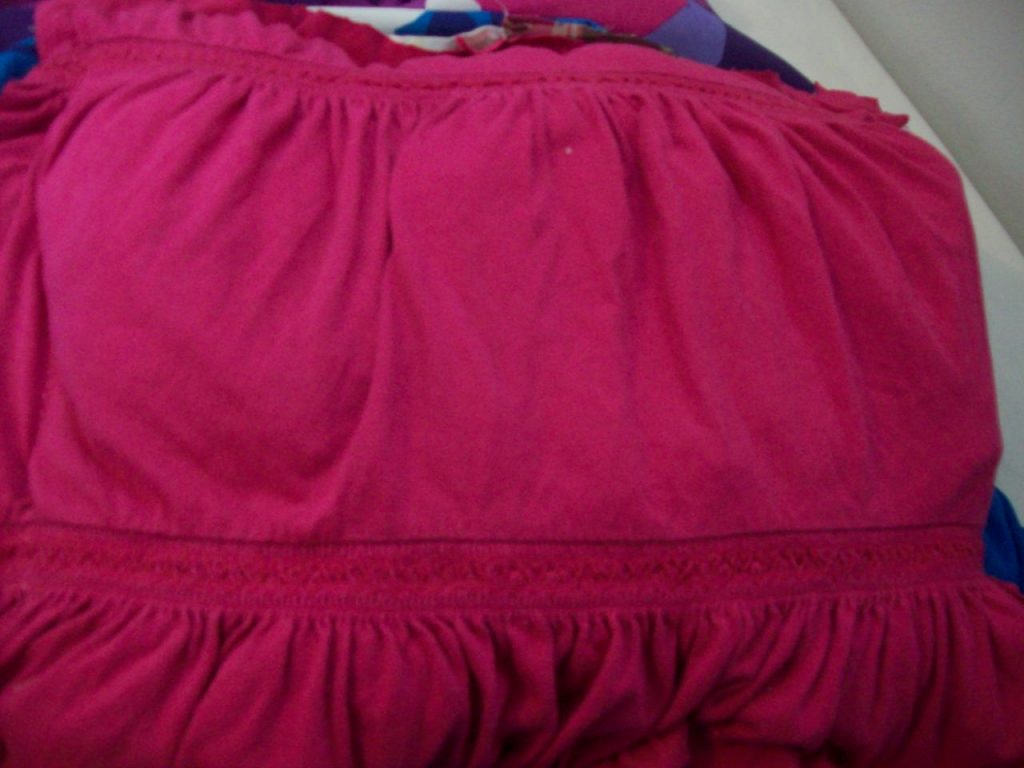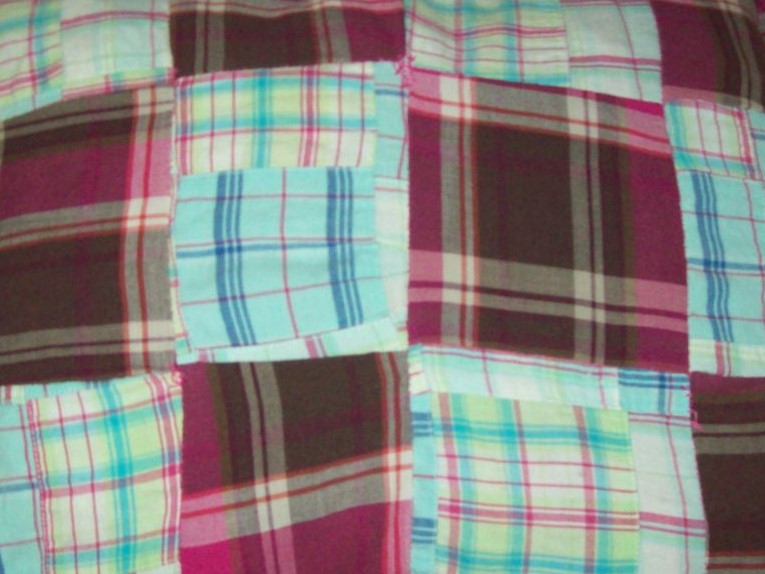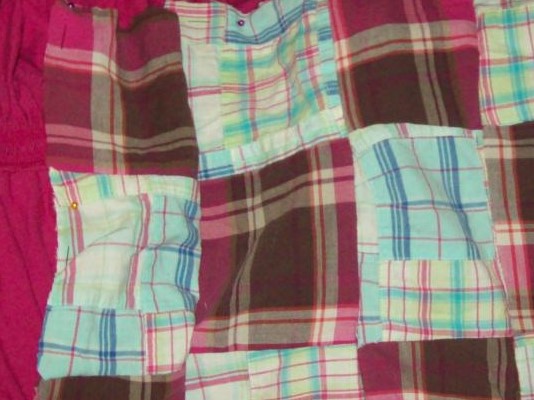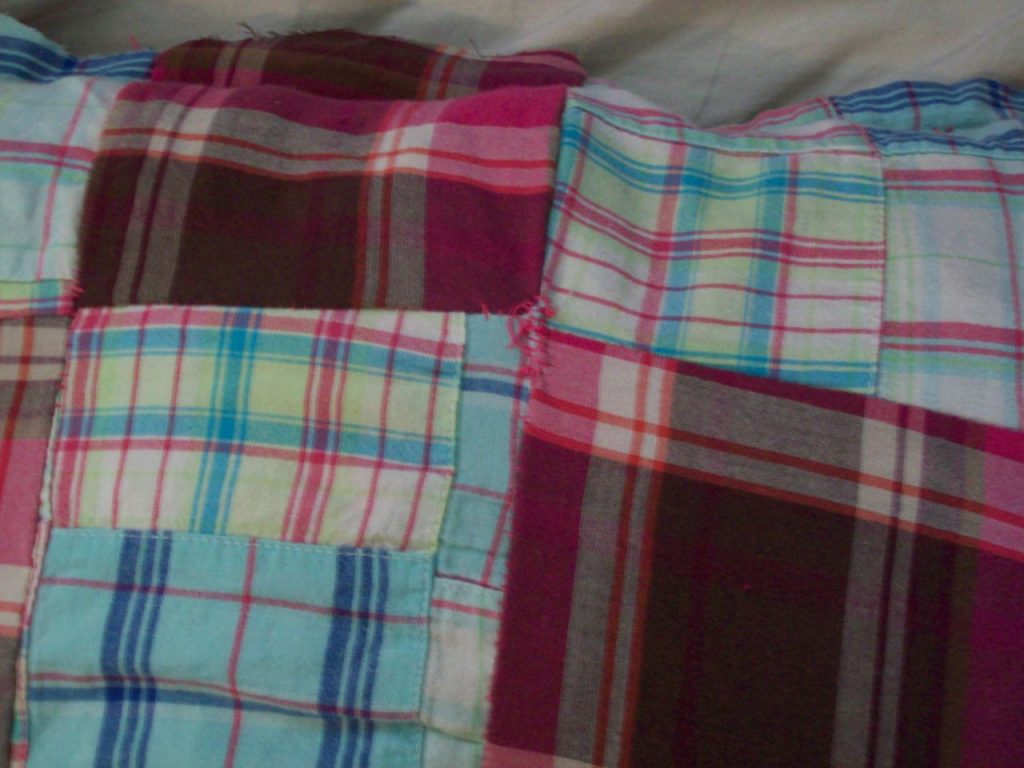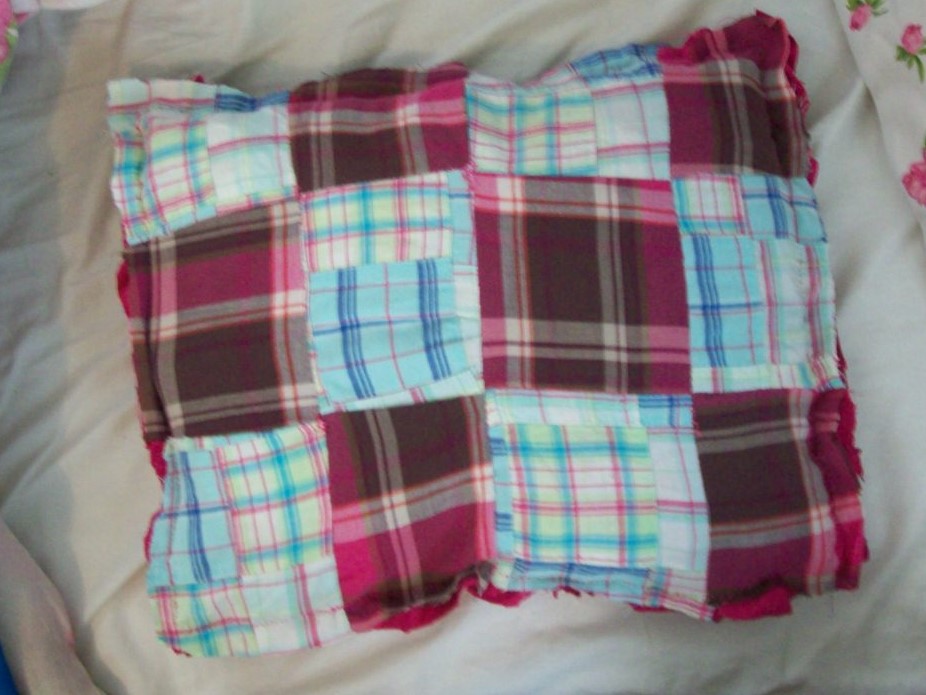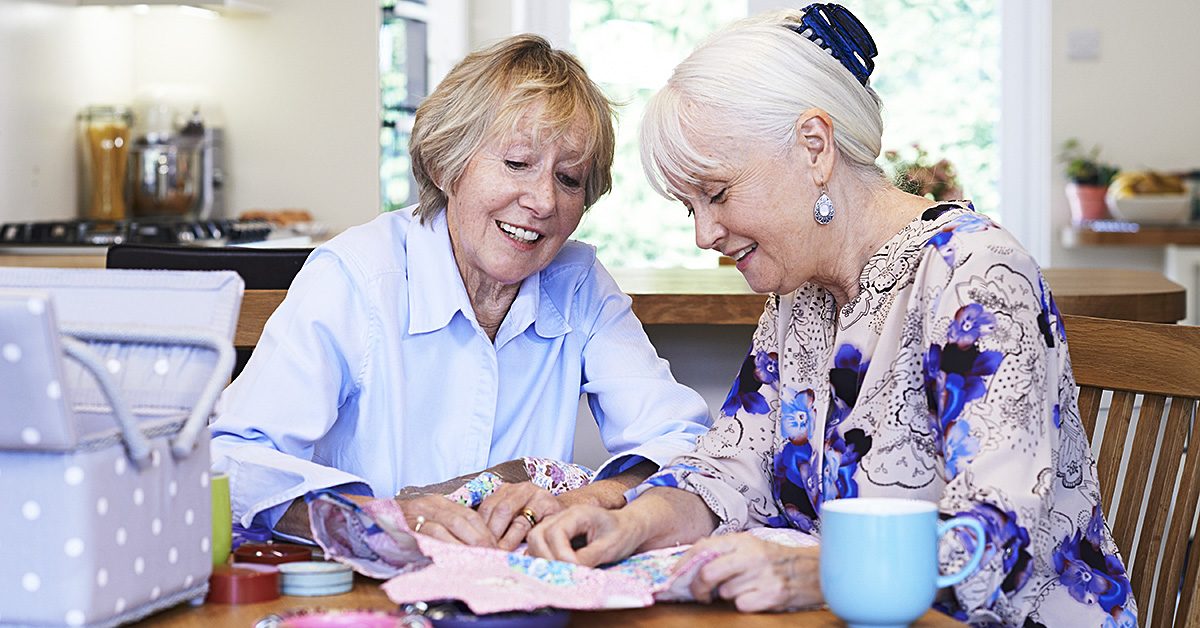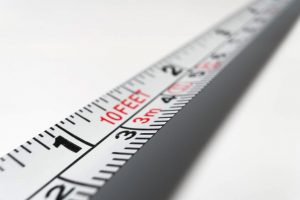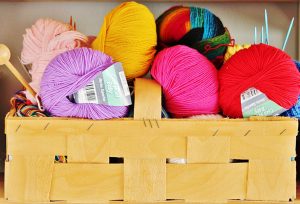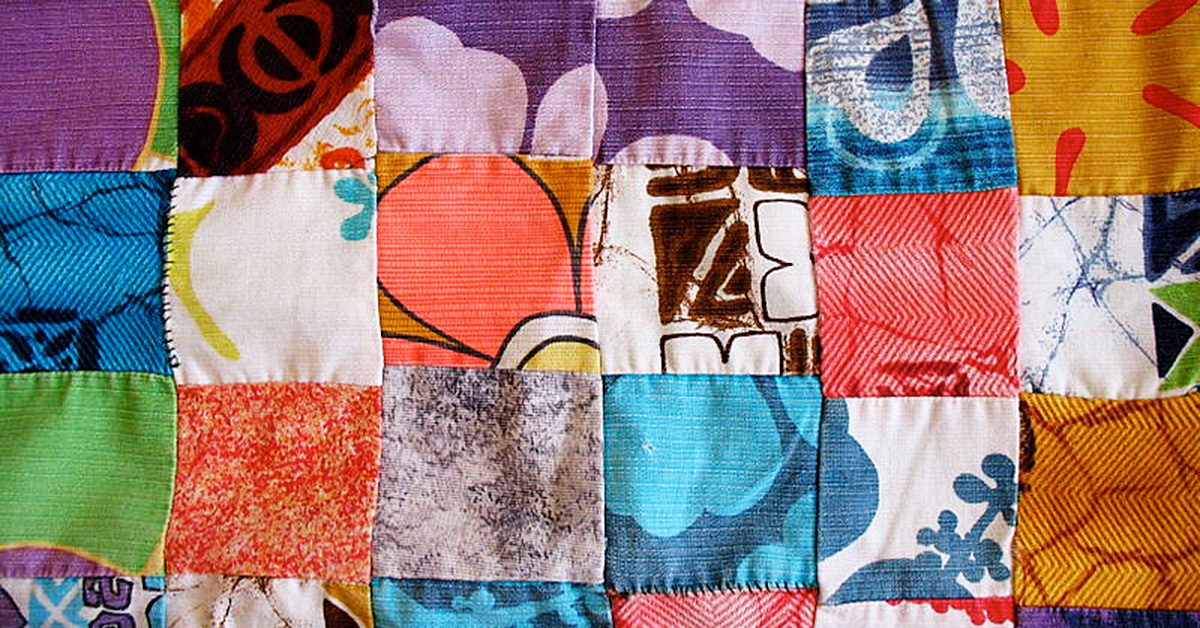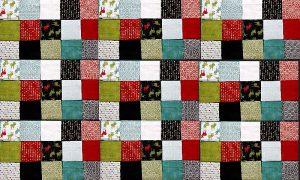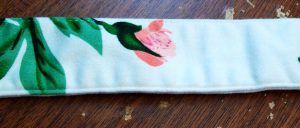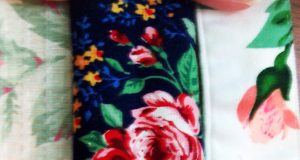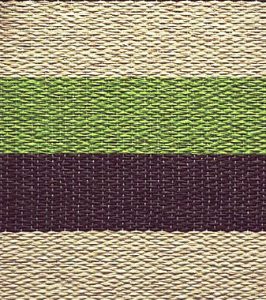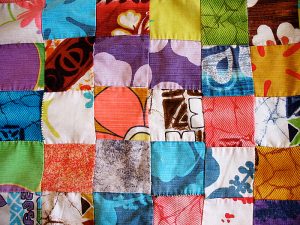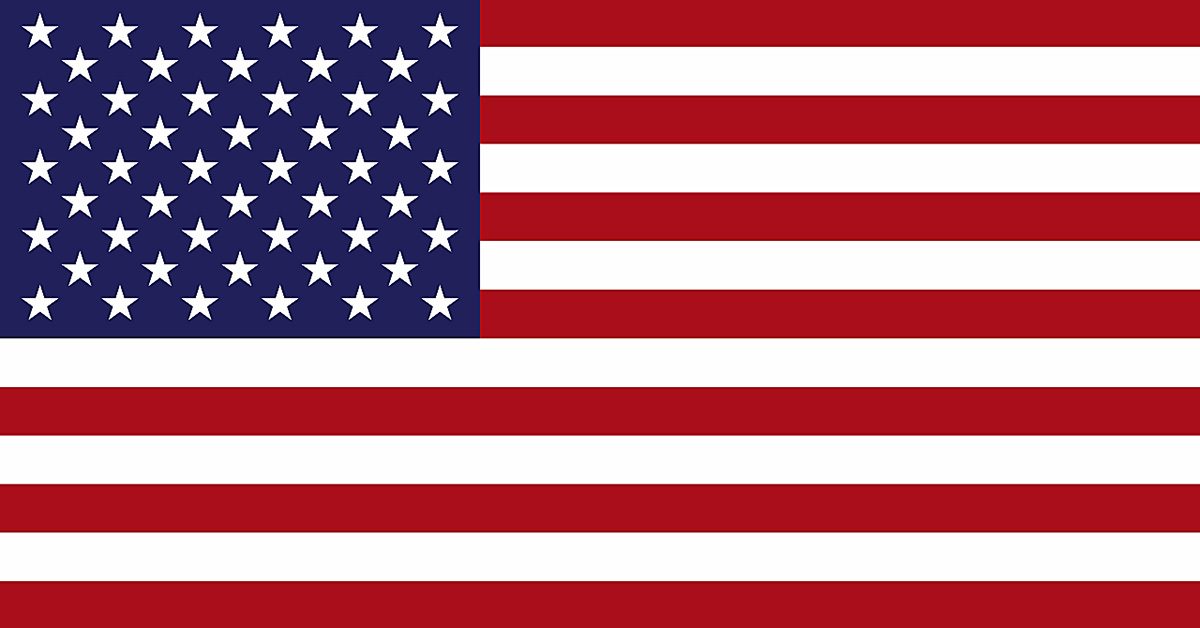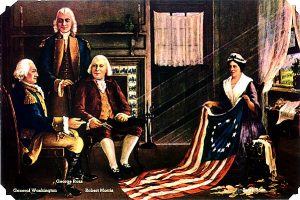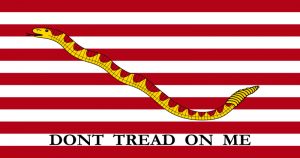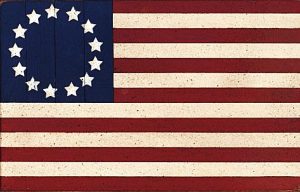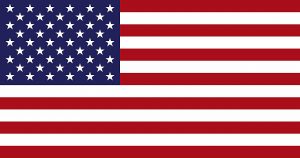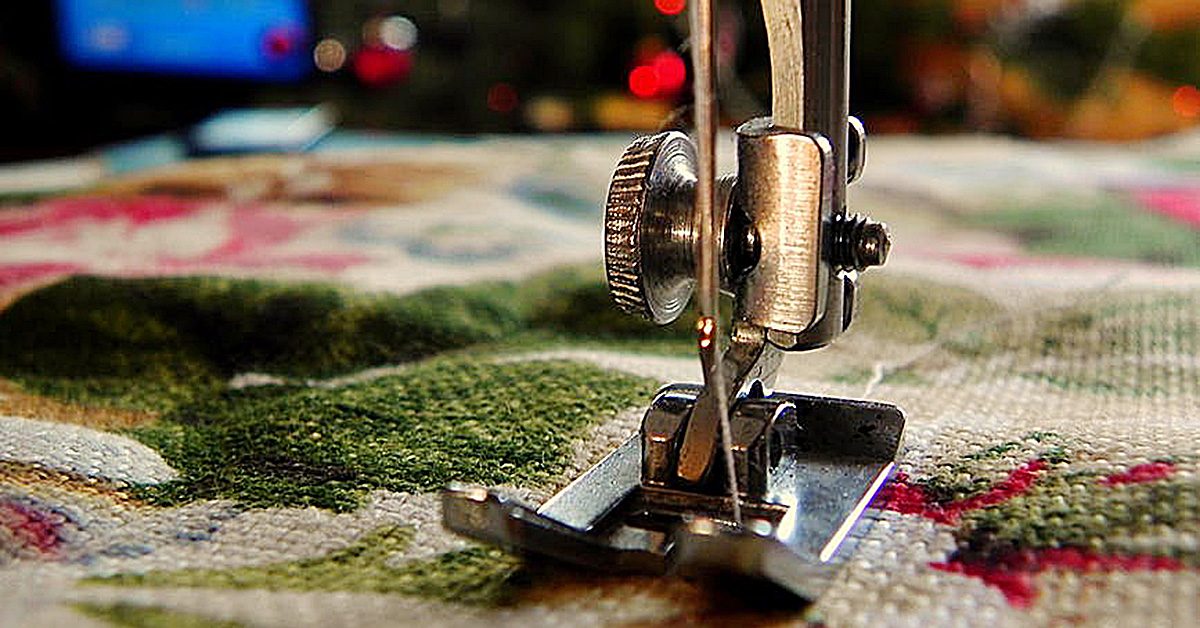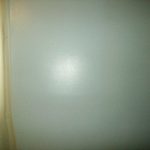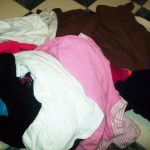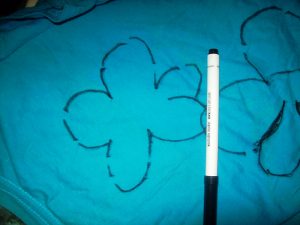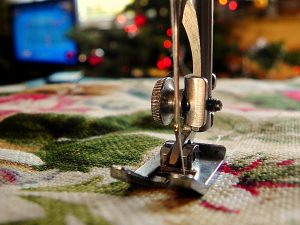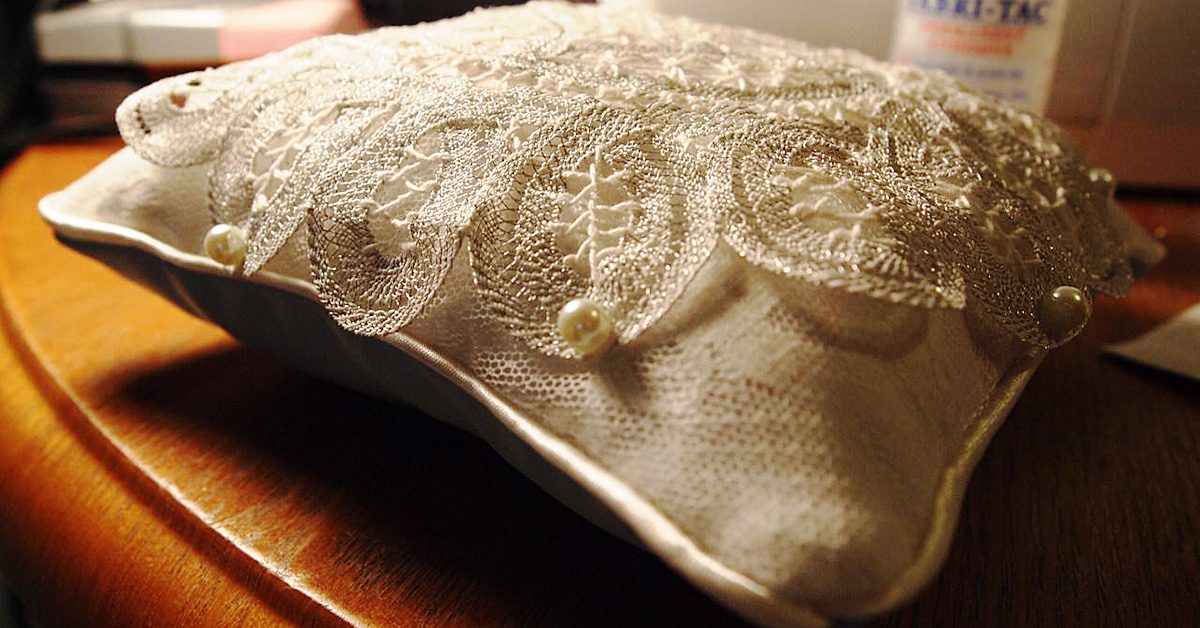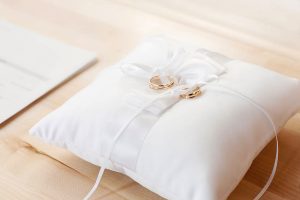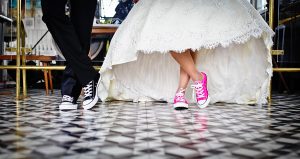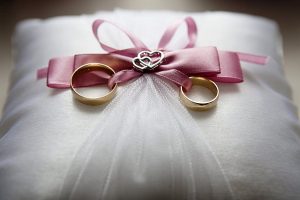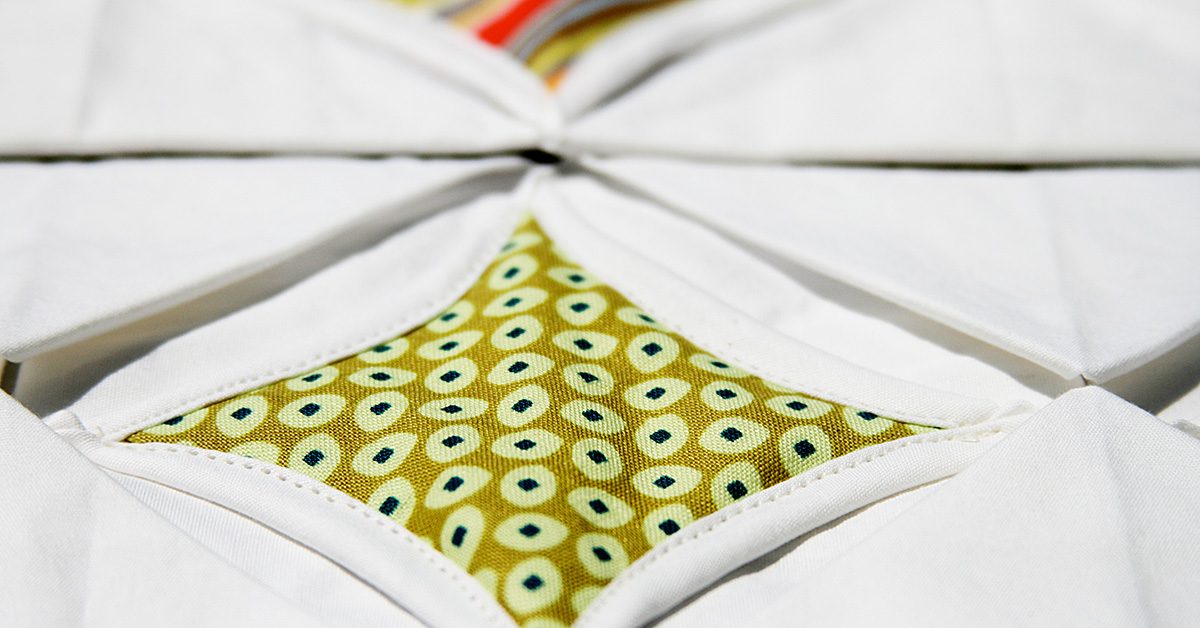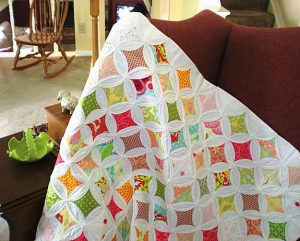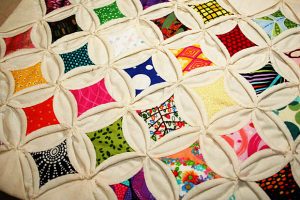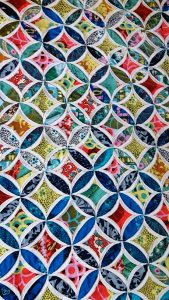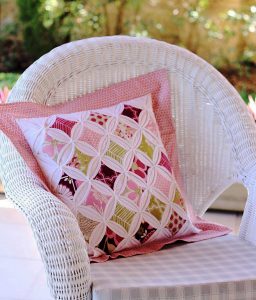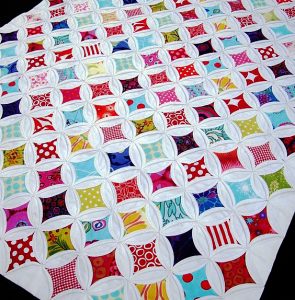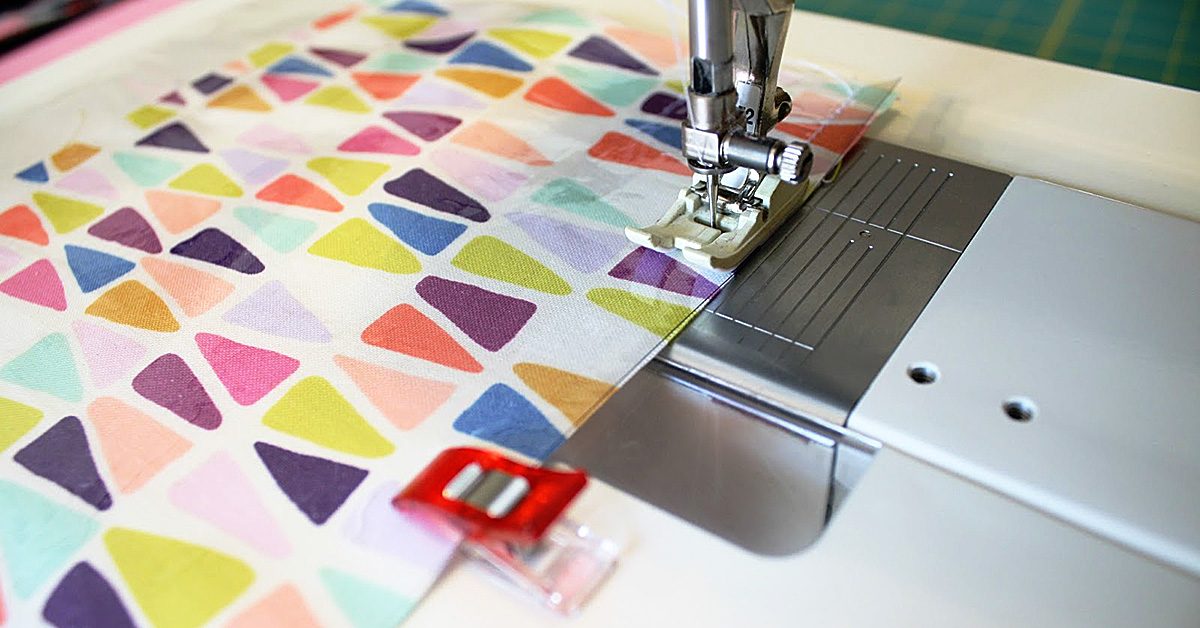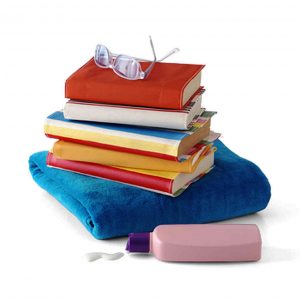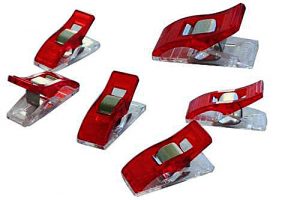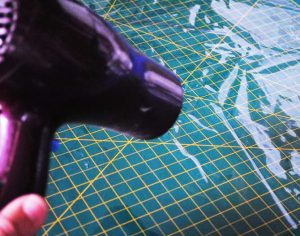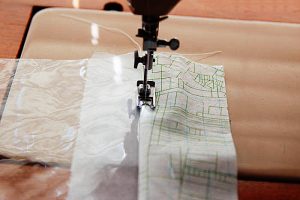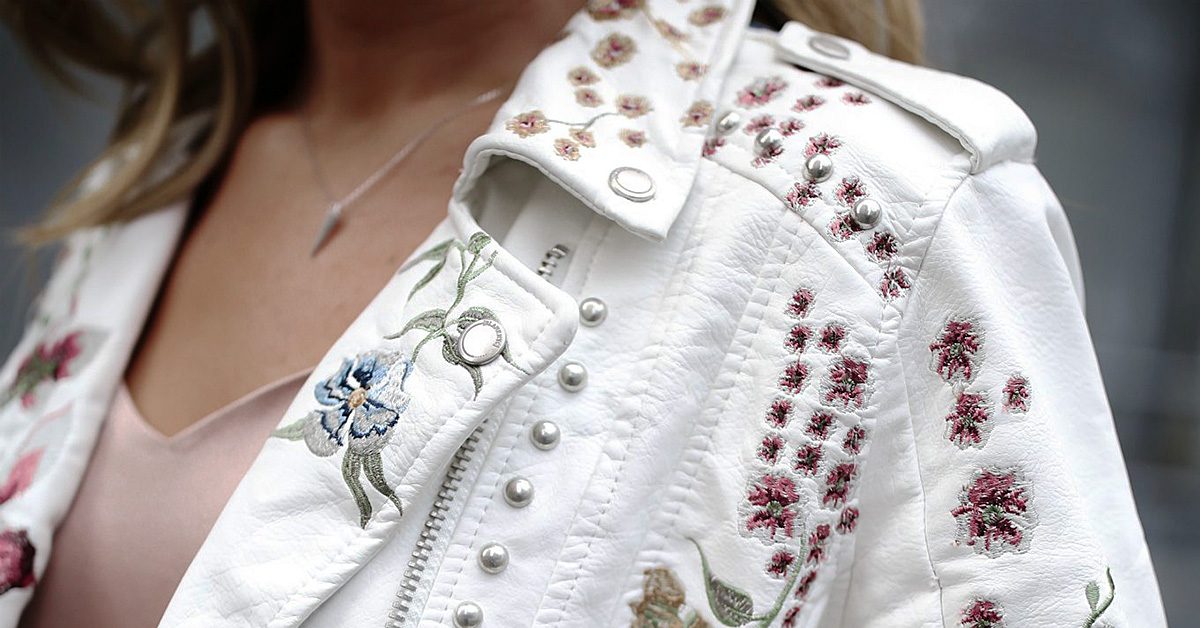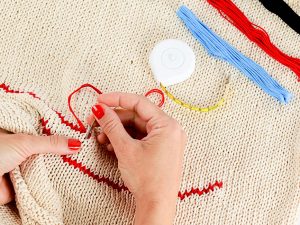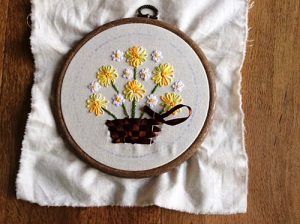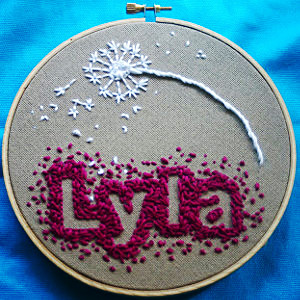Summer vacation is coming to a close, and the upcoming school year is right around the corner! It’s time to take advantage of your final carefree days beside the pool, sneak in that final family trip, and start focusing on what you need to do to make sure you (or your kids) are READY for school to start again! For me, one of my favorite childhood things about summer wrapping up (maybe the only good thing about summer wrapping up) was school shopping. I loved picking out my notebook and backpack, and finding new clothes that I adore is still something I’m a fan of.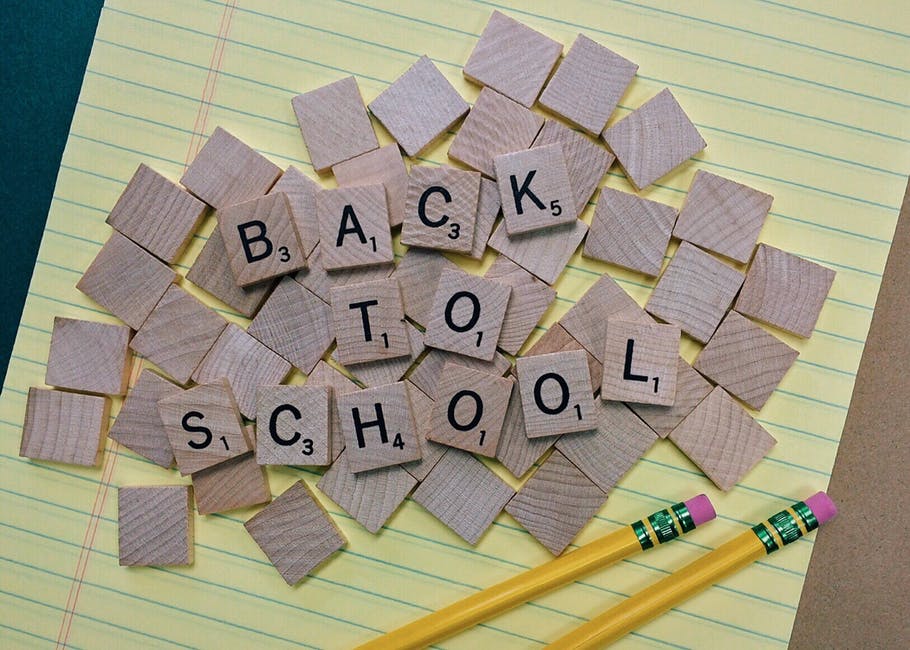 But if you want to make your school preparations more personal, don’t overlook the possibility of going just a little homemade this year. There are definite perks in making your supplies, like being able to tailor the design to your own preferences and the comfort of knowing you (or your child) will be carrying one-of-a-kind school supplies on the first day of school.
But if you want to make your school preparations more personal, don’t overlook the possibility of going just a little homemade this year. There are definite perks in making your supplies, like being able to tailor the design to your own preferences and the comfort of knowing you (or your child) will be carrying one-of-a-kind school supplies on the first day of school.
So if you decide this is the right path for you or your child, here are some ideas for things you can make by hand and/or machine to prepare for the next school year.
1. Book Covers
This isn’t the most complex of ideas, but there are three advantages in creating your own book covers. One, the project is so small that you could make book covers for all your textbooks in one day. That’s some quick school preparation! Two, you’re giving an extra layer of protection to your textbooks, and that lessens the wear and tear they’ll get throughout the year.
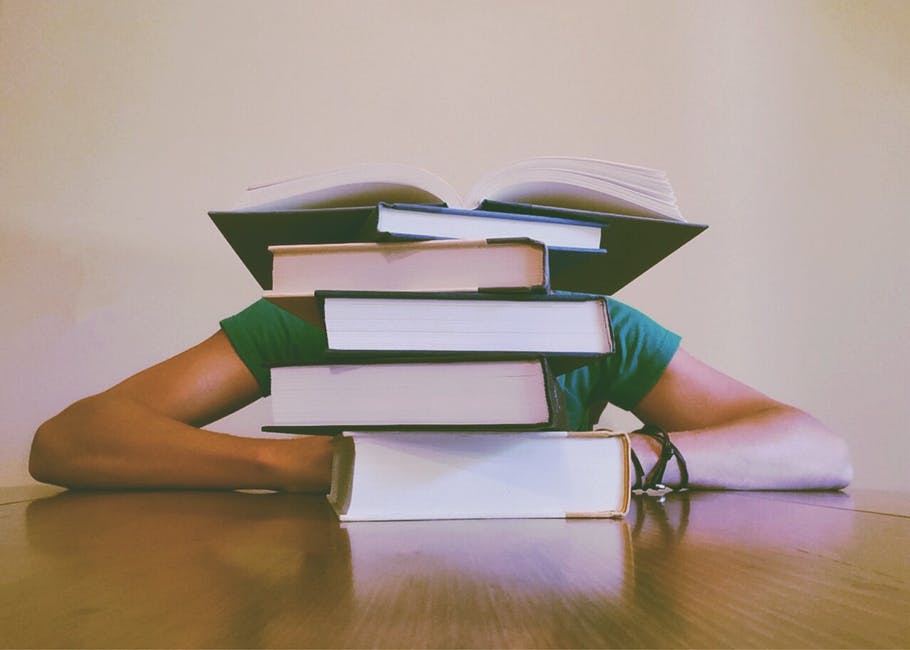 This could save you money in the long run since it could keep you from having to replace textbooks that have been damaged. And, third, you can pick your fabrics to make each book something way more personal than your standard textbook cover. Instead of beakers on your chemistry book, you could have prints from your favorite movie—and that could add a touch of brightness to your class every time you grab the book to head that way!
This could save you money in the long run since it could keep you from having to replace textbooks that have been damaged. And, third, you can pick your fabrics to make each book something way more personal than your standard textbook cover. Instead of beakers on your chemistry book, you could have prints from your favorite movie—and that could add a touch of brightness to your class every time you grab the book to head that way!
2. Bookmarks
This is the simplest idea on the list, but bookmarks can come in handy for keeping your place in the assigned literature classic or giving you a reminder of what chapter you need to read in your history textbook. You can spend less time on these than your book covers and use the same fabric to make sure your placeholders match the book you’re keeping your place in. 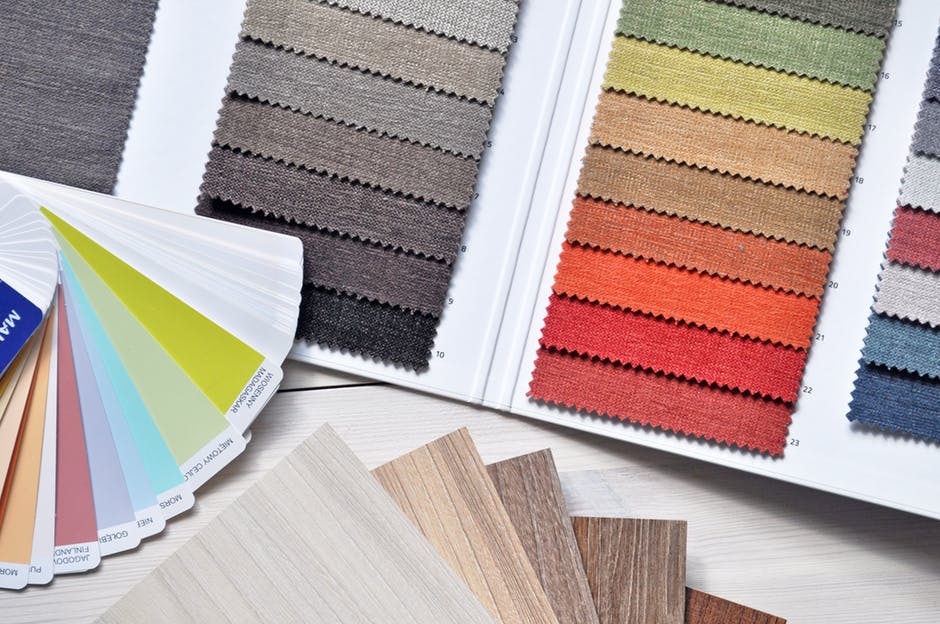
3. Pencil cases
Some of the most essential school supplies are writing utensils—pens, pencils, markers… Something that’s an acceptable tool to write your papers, do your homework, and take your notes. Without them, you might be doomed to bum them from nearby classmates, search your home every time you have an assignment to do, or accept that your grade is going to take an unfortunate turn.
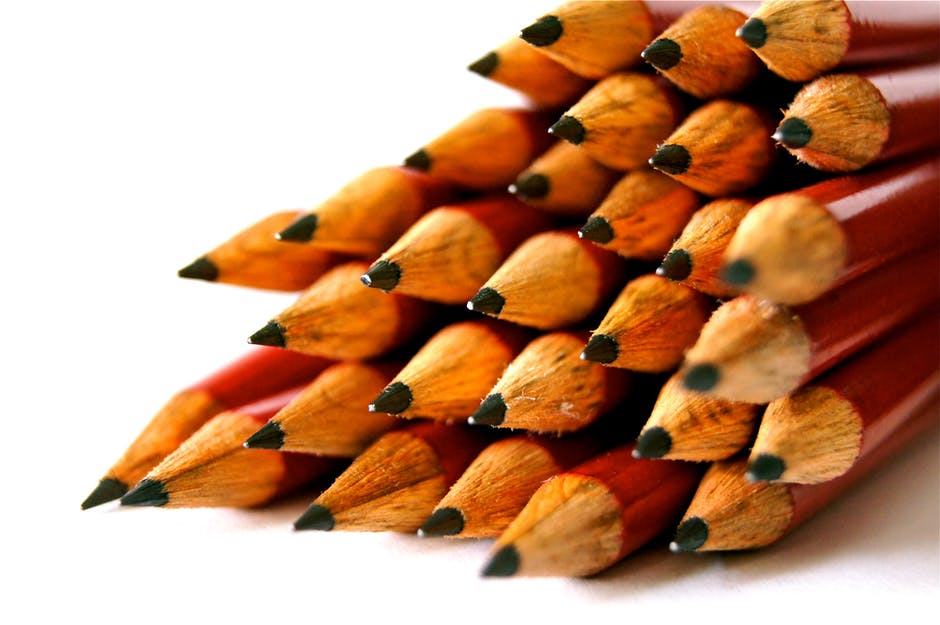 You can use the same fabric once more on your pencil case so that you’re continuing your theme for your supplies, but you’ll need to add a zipper, button, or some other form of closing mechanism to keep those pencils from tumbling out. It’s a simple addition though for another chance to add that homemade quality to your school year.
You can use the same fabric once more on your pencil case so that you’re continuing your theme for your supplies, but you’ll need to add a zipper, button, or some other form of closing mechanism to keep those pencils from tumbling out. It’s a simple addition though for another chance to add that homemade quality to your school year.
4. Backpacks
You’re most definitely stepping up the complication factor if you choose to try your hand at a homemade backpack, especially if that backpack will come with a number of compartments. Still, your backpack is the core of your school shopping experience (the only sensible alternative argument would be in favor of your notebook), so by making it yourself, you’re putting a homemade stamp on your school supplies through this one element.
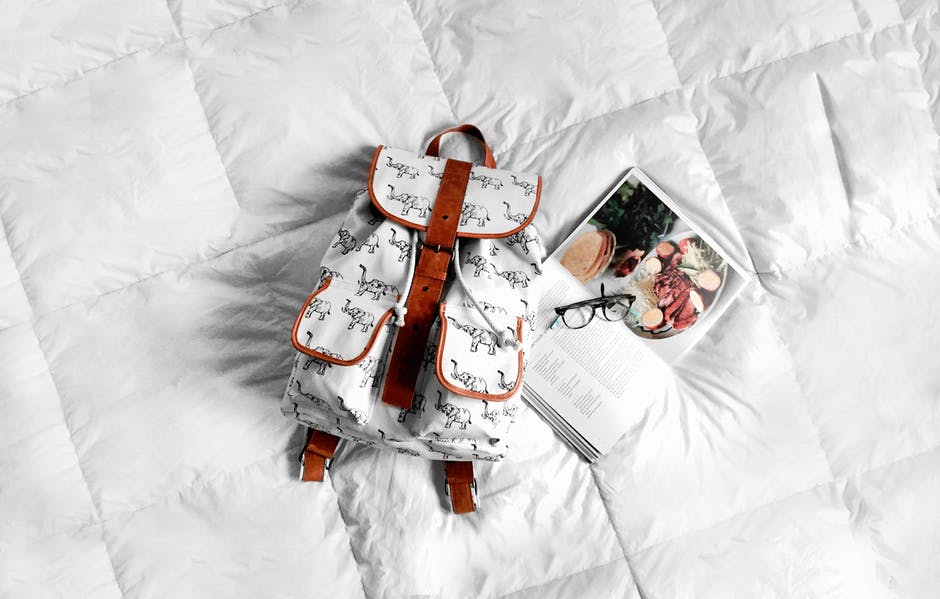 And you can keep your theme of fabric going with this choice by using the same or similar patterns as you did for your book accessories and pencil case! If you used different fabrics for the other supplies, you could make this one the culmination of them by using each and every fabric in some way on your backpack. It could be a patchwork feel or a planned-out strategy where each fabric gets its own compartment or section. Whether this will be your only homemade contribution to your school supplies or the central part of your homemade approach, choosing to make your own backpack for the upcoming school year could be the perfect project to wrap up your summer vacation.
And you can keep your theme of fabric going with this choice by using the same or similar patterns as you did for your book accessories and pencil case! If you used different fabrics for the other supplies, you could make this one the culmination of them by using each and every fabric in some way on your backpack. It could be a patchwork feel or a planned-out strategy where each fabric gets its own compartment or section. Whether this will be your only homemade contribution to your school supplies or the central part of your homemade approach, choosing to make your own backpack for the upcoming school year could be the perfect project to wrap up your summer vacation.
5. Clothes
Last but not least, you have the option of making your own outfit. Or two of them. Or three. Or sixteen. If you’d like, make your entire wardrobe—but if you do decide to take that route, you might want to get started ASAP. The school year is soon coming, and a wardrobe can be a time-consuming thing to make! Browse fabrics and patterns to find combinations that you can see yourself wearing, and get to sewing!